Wind Turbine Innovations: 5 Ways of Revolutionizing Renewable Energy
Introduction:
In the dynamic landscape of renewable energy, advancements in wind turbine engineering are playing a pivotal role in shaping a sustainable future.
This article explores five groundbreaking ways in which modern innovations are revolutionizing the efficiency and effectiveness of wind turbines.
Contributing to the broader goal of a greener and more sustainable energy ecosystem.
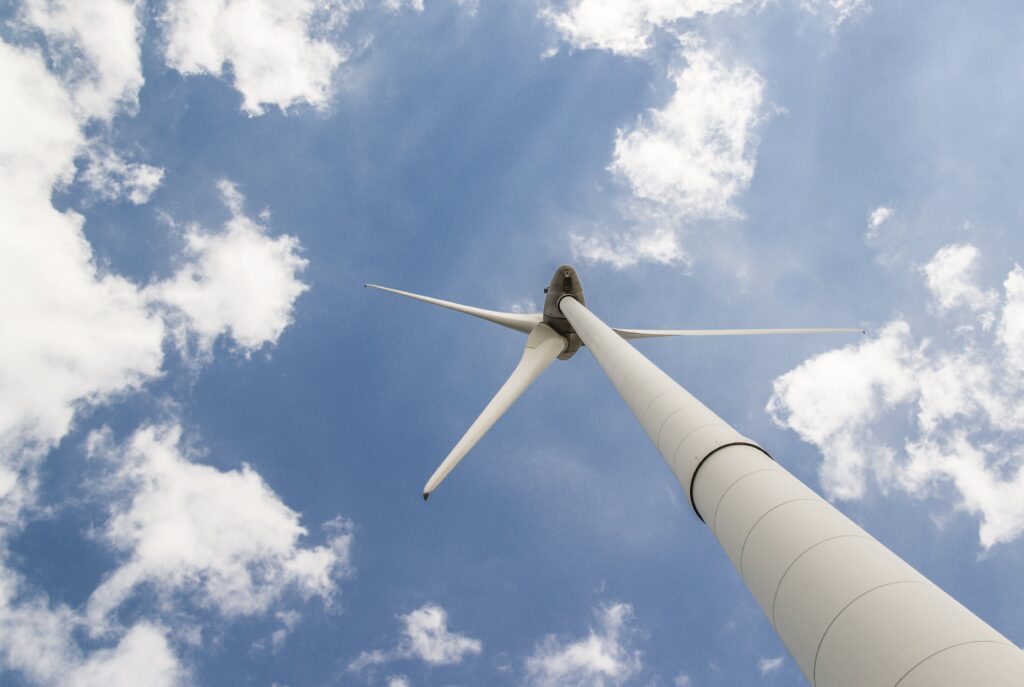
- Smart Blade Technology: Harnessing the power of artificial intelligence, smart blade technology is transforming the way wind turbines capture and convert wind energy. These intelligent blades adapt to changing wind conditions in real-time, optimizing energy production and enhancing overall turbine performance. This innovation not only increases energy output but also prolongs the lifespan of the turbines.
- Vertical Axis Wind Turbines (VAWT): Departing from traditional horizontal axis designs, vertical axis wind turbines (VAWT) are emerging as a game-changer in wind energy. VAWTs are more versatile, capable of harnessing wind from any direction, and their compact design makes them suitable for both urban and remote locations. This innovation broadens the scope of wind energy implementation, making it more accessible and efficient.
- Materials Innovation for Lightweight Designs: The use of advanced materials such as carbon fiber composites is significantly reducing the weight of wind turbine components. Lighter turbine structures reduce manufacturing costs, simplify transportation, and enable the installation of turbines in regions previously deemed unsuitable. This innovation expands the geographical reach of wind energy projects, tapping into previously untapped wind resources.
- Energy Storage Integration: Addressing the intermittent nature of wind, innovative wind turbine designs are incorporating energy storage solutions. Coupling wind turbines with cutting-edge energy storage technologies, such as advanced batteries, enables the storage of excess energy during peak production times and its release during periods of low wind. This integration enhances the reliability and stability of wind energy as a consistent power source.
- Distributed Wind Power Networks: Modern wind turbine engineering is moving towards creating interconnected networks of smaller, distributed turbines. This approach minimizes transmission losses, enhances grid resilience, and facilitates energy production closer to the point of consumption. Distributed wind power networks are a key innovation in making renewable energy more localized, reliable, and responsive to community needs.
As wind turbine innovations continue to push the boundaries of what is possible, the future of renewable energy looks increasingly promising.
The integration of smart technologies, new design approaches, and materials advancements is revolutionizing the efficiency and accessibility of wind energy.
Bringing us closer to a more sustainable and eco-friendly energy landscape.
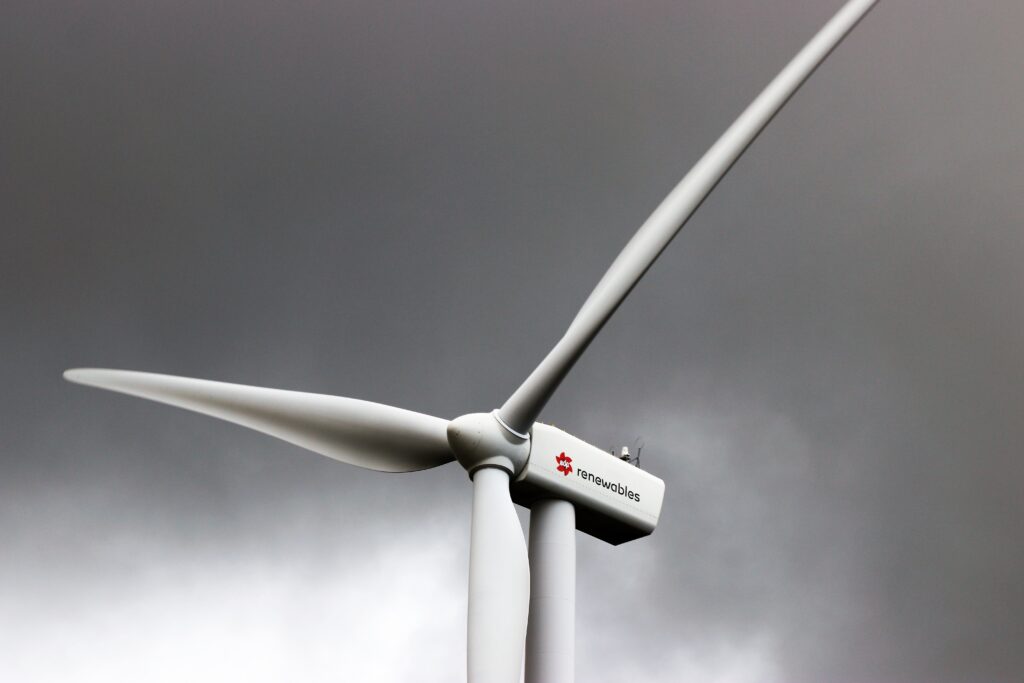
A Journey Through the Discovery of Modern Wind Turbines
The journey of harnessing wind energy dates back centuries, but the discovery of modern wind turbines marks a significant milestone in the renewable energy landscape.
This article takes you through the fascinating evolution of wind turbines, from humble beginnings to the cutting-edge designs that are shaping the future of sustainable energy.
- Early Windmills: Wind energy has been utilized for centuries in the form of traditional windmills. These structures, initially designed for tasks like grinding grain or pumping water, laid the foundation for understanding the potential of wind power. However, these early windmills were mechanical in nature and lacked the sophisticated technology incorporated in modern wind turbines.
- Smith-Putnam Wind Turbine: The true exploration of wind power for electricity generation began in the early 20th century. In 1941, the Smith-Putnam wind turbine, an experimental 1.25 MW unit, became the first grid-connected wind turbine in the United States. Though it was considered a technological success, the high cost of production limited its widespread adoption.
- Danish Advances: Denmark played a pivotal role in advancing wind turbine technology. In the 1970s, Danish engineers developed the Gedser wind turbine, which featured innovative design elements. This marked the beginning of the modern era of wind turbines, with a shift towards horizontal-axis designs and increased emphasis on electricity generation for broader applications.
- California’s Altamont Pass: The 1980s saw significant growth in wind power installations, with California’s Altamont Pass becoming an iconic site for wind farms. However, the early designs faced challenges related to reliability and environmental impact, leading to further research and development efforts to enhance efficiency and reduce the ecological footprint.
- Global Expansion and Technological Advancements: The late 20th century witnessed a global expansion of wind power projects. Technological advancements, such as the introduction of variable-speed turbines and the use of composite materials, greatly improved the efficiency and reliability of wind turbines. As a result, wind energy became an increasingly viable and competitive source of electricity.
- Smart Technologies and Innovation: In the 21st century, the integration of smart technologies, data analytics, and advanced materials marked a new phase in wind turbine discovery. Smart blade technology, lightweight designs, and energy storage integration are among the innovative features that have enhanced the performance and versatility of modern wind turbines.
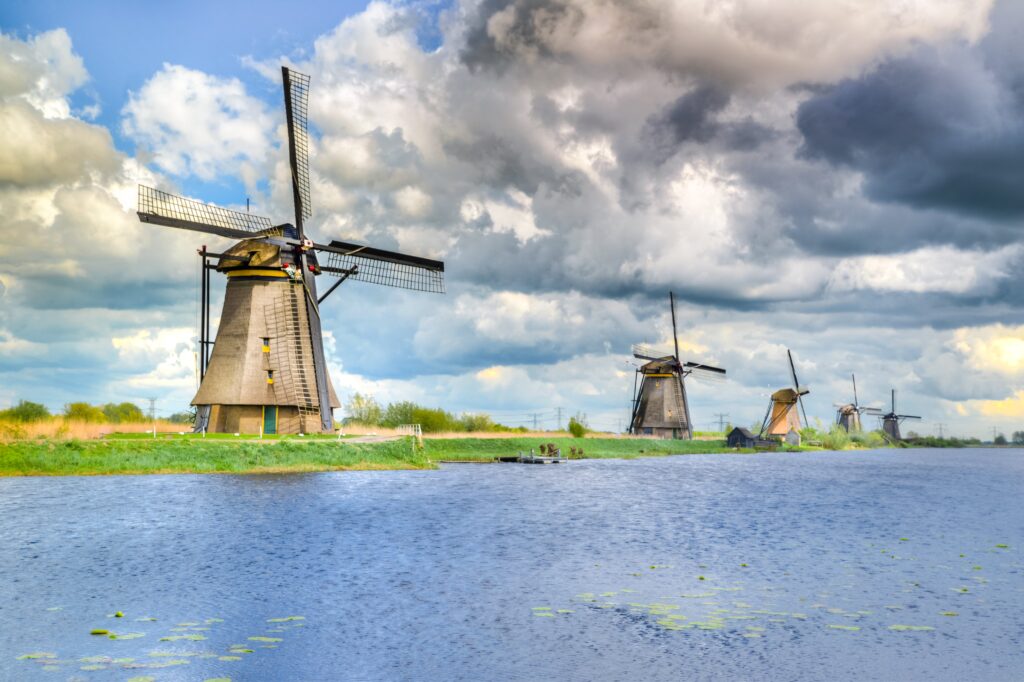
The discovery and development of modern wind turbines represent a remarkable journey of human ingenuity and determination to harness the power of nature for sustainable energy.
From the simple windmills of the past to the technologically advanced turbines of today, the evolution of wind power continues to play a crucial role in addressing the global demand for clean and renewable energy sources.
Unveiling Lucrative Investment Opportunities in the Clean Energy Sector
As the global demand for clean and sustainable energy intensifies, the wind turbine engineering sector stands out as a prime area for savvy investors seeking both financial returns and a positive impact on the environment.
This article explores the diverse investment opportunities within the wind turbine engineering realm and outlines why this sector is becoming increasingly attractive for those looking to align their portfolios with the growing green energy revolution.
- Rapid Growth in Wind Energy Industry: The wind energy industry has experienced exponential growth in recent years, driven by increasing awareness of climate change and a global shift towards renewable energy sources. This growth creates a fertile ground for investment opportunities across various facets of wind turbine engineering.
- Manufacturing and Supply Chain: Investing in companies involved in the manufacturing and supply chain of wind turbine components presents a strategic opportunity. Companies that produce turbine blades, towers, and other essential parts are poised to benefit from the rising demand for wind energy infrastructure. As the industry expands, there is potential for significant returns on investments in these critical components.
- Advanced Materials and Technology Providers: Innovations in materials and technology are crucial to enhancing the efficiency and reliability of wind turbines. Investing in companies at the forefront of developing advanced materials, such as lightweight composites and smart technologies for turbine optimization, offers a chance to capitalize on cutting-edge advancements driving the industry forward.
- Data Analytics and Predictive Maintenance: With the rise of the Internet of Things (IoT) and data analytics, there is a growing emphasis on predictive maintenance for wind turbines. Investing in companies that provide solutions for monitoring turbine performance, predicting maintenance needs, and optimizing energy output can be a lucrative avenue in the wind turbine engineering sector.
- Energy Storage Solutions: Wind power’s intermittent nature has led to increased interest in energy storage solutions to address fluctuations in energy production. Investing in companies developing energy storage technologies, such as advanced batteries or grid-scale storage systems, complements the wind energy sector and contributes to a more reliable and resilient renewable energy infrastructure.
- Project Development and Financing: Financing and developing wind energy projects offer investment opportunities for those interested in the project lifecycle. This includes funding the construction of wind farms, acquiring operational projects, or participating in project financing through investment vehicles like green bonds or infrastructure funds.
- Emerging Markets and Global Expansion: The wind energy sector is expanding into emerging markets, creating opportunities for investors to tap into regions with untapped wind resources. Investing in companies involved in global expansion initiatives and projects in emerging markets can yield substantial returns as the demand for clean energy rises worldwide.
Investing in wind turbine engineering is not only financially rewarding but also aligns with the global imperative to transition towards sustainable energy sources.
As advancements continue to shape the industry, strategic investors have the chance to contribute to a greener future while realizing the potential for significant returns on investment in this dynamic and evolving sector.
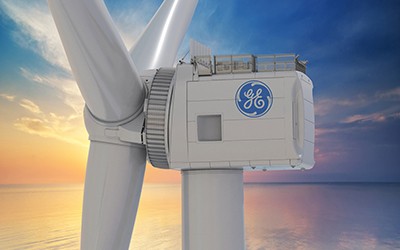
5 Major Companies in the Field of Global Wind Turbine Engineering
- Vestas Wind Systems A/S:
- Headquarters: Aarhus, Denmark
- Vestas is one of the world’s leading wind turbine manufacturers and service providers. The company is known for its focus on sustainable energy solutions and has a significant global presence with installations across various continents. Vestas provides a range of wind turbines for both onshore and offshore applications.
- Siemens Gamesa Renewable Energy:
- Headquarters: Zamudio, Spain
- Siemens Gamesa is a global player in the wind energy industry, offering onshore and offshore wind turbines, as well as services and solutions for wind power projects. The company is a result of the merger between Siemens Wind Power and Gamesa in 2017, creating a major force in the renewable energy market.
- General Electric (GE) Renewable Energy:
- Headquarters: Paris, France (GE Renewable Energy is part of General Electric, a multinational conglomerate with headquarters in Boston, USA)
- GE Renewable Energy is a division of General Electric dedicated to renewable energy solutions, including wind power. The company designs and manufactures onshore and offshore wind turbines, and it is actively involved in advancing technology and digital solutions to optimize wind farm performance.
- Nordex SE:
- Headquarters: Hamburg, Germany
- Nordex is a German company specializing in the development, production, and maintenance of onshore wind turbines. The company has a significant presence in the global wind energy market and focuses on delivering efficient and innovative solutions for sustainable power generation.
- China Energy Engineering Corporation (CEEC):
- Headquarters: Beijing, China
- CEEC is a state-owned enterprise in China that is actively involved in various aspects of energy engineering, including wind power. The company is a major player in the global wind turbine engineering sector, contributing to both onshore and offshore wind projects.
CONCLUSIONS:
In conclusion, the exploration of Wind Turbine Innovations and their role in revolutionizing renewable energy through modern engineering unveils a profound narrative of human ingenuity and technological advancement.
As we stand on the precipice of a critical juncture in our planet’s history, the imperative to transition to sustainable energy solutions has never been more apparent.
And the innovations discussed herein serve as beacons of hope and progress.
The symphony of technological marvels highlighted in this discourse, from Smart Blade Technology to the integration of Vertical Axis Wind Turbines.
Signifies a collective leap forward into a future where the harnessing of wind energy becomes not only a sustainable necessity but a symbol of our ability to harmonize with nature.
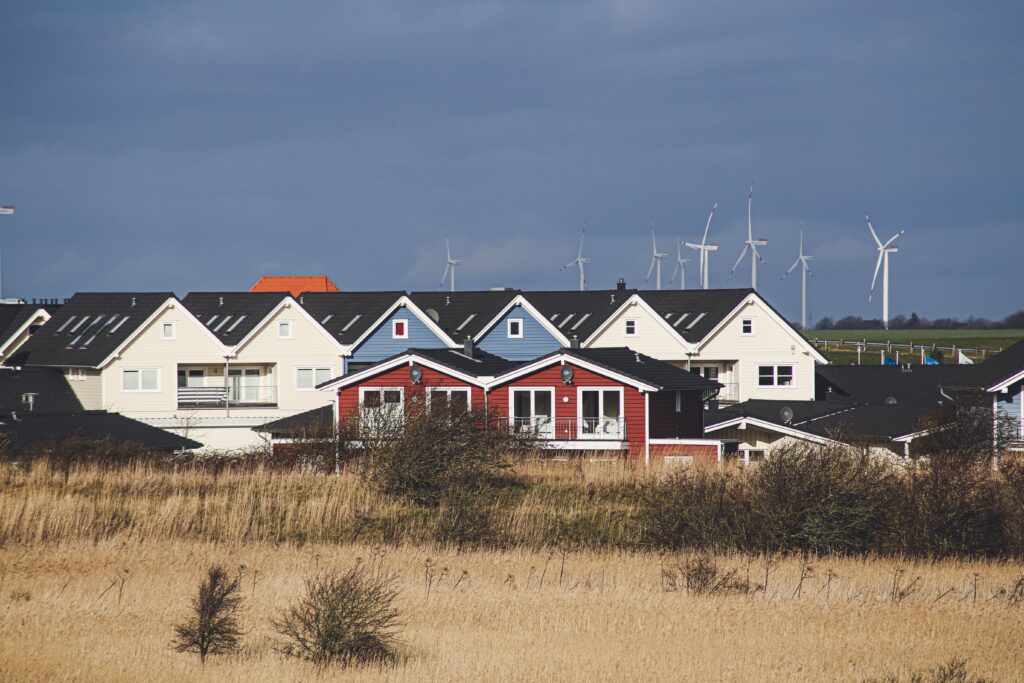
The visionaries behind these advancements have not merely redesigned wind turbines; they have recalibrated our relationship with renewable energy.
Dismantling barriers and expanding the horizons of what was once deemed possible.
The journey through the annals of wind turbine engineering evolution, from the rudimentary Smith-Putnam Wind Turbine to the sophisticated smart technologies of today, underscores a relentless pursuit of excellence.
It is a testament to the unwavering commitment of scientists, engineers, and innovators who, fueled by an urgency to address climate change.
Have transformed the humble wind turbine into an emblem of hope for a sustainable and resilient future.
The marriage of advanced materials, such as lightweight composites, with cutting-edge technology is not merely an industry trend but a paradigm shift.
Wind turbines are no longer static giants in the landscape; they are dynamic, responsive, and intelligent contributors to the energy grid.
The incorporation of data analytics, predictive maintenance, and energy storage solutions reflects an industry that not only adapts to change but anticipates it.
Ensuring a consistent and reliable energy supply in the face of the unpredictable forces of nature.
Moreover, the democratization of wind power through Distributed Wind Power Networks amplifies the impact of these innovations.
The vision extends beyond powering metropolises; it encompasses empowering communities, bridging the gap between energy demand and supply with a localized and resilient network.
This facet of modern wind turbine engineering fosters a sense of energy autonomy, where sustainability is not an abstract concept but a tangible reality woven into the fabric of everyday life.
In essence, the 5 Ways of Revolutionizing Renewable Energy Through Modern Wind Turbine Engineering transcend the realm of technological discourse; they embody a collective commitment to redefine our energy future.
These innovations not only propel us towards a carbon-neutral world but also instill confidence that humanity possesses the creativity, resourcefulness, and determination to overcome the most pressing challenges of our time.
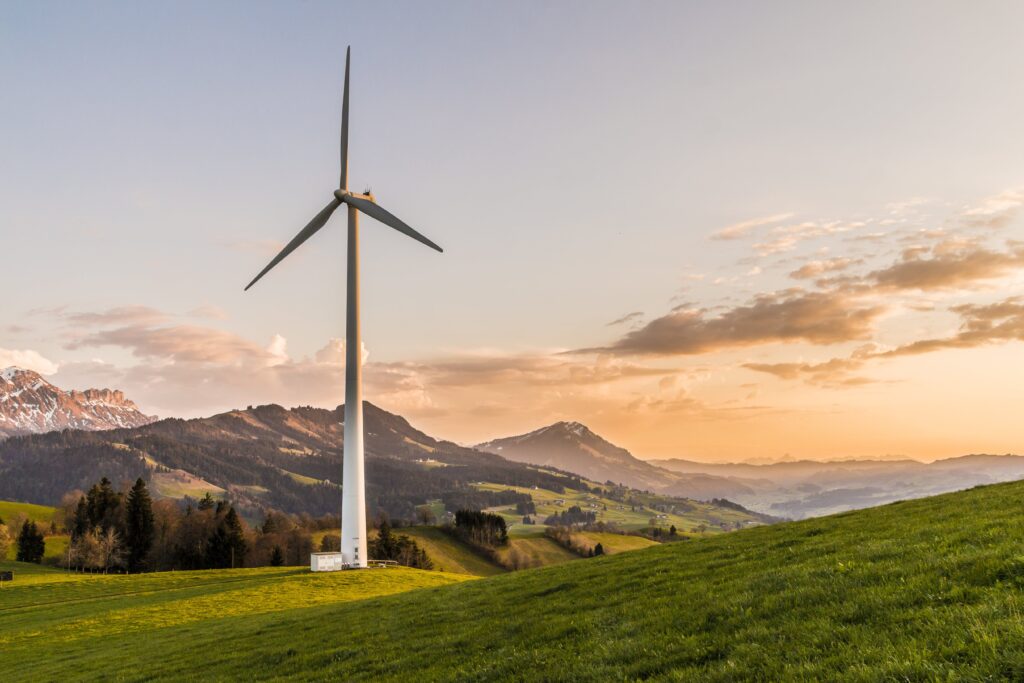
As we witness the unfolding narrative of wind turbine innovations, it is evident that we are not merely witnessing progress; we are active participants in shaping a legacy.
A legacy that transcends generations, leaving a world where the gentle hum of wind turbines is a melodic reminder of a conscious choice to harmonize progress with the planet.
This symphony of innovation, sustainability, and resilience is not merely a revolution; it is a renaissance, heralding a new era where the winds of change carry us towards a brighter, cleaner, and more sustainable tomorrow.
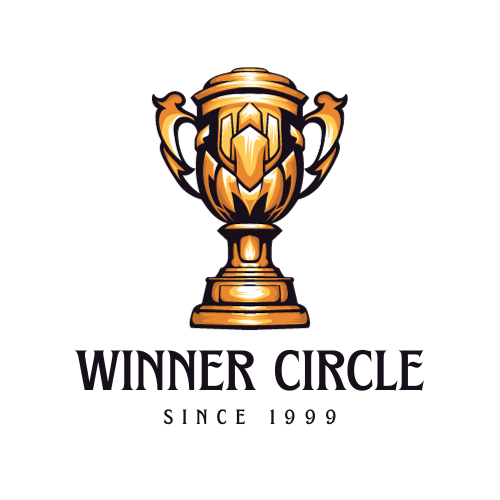
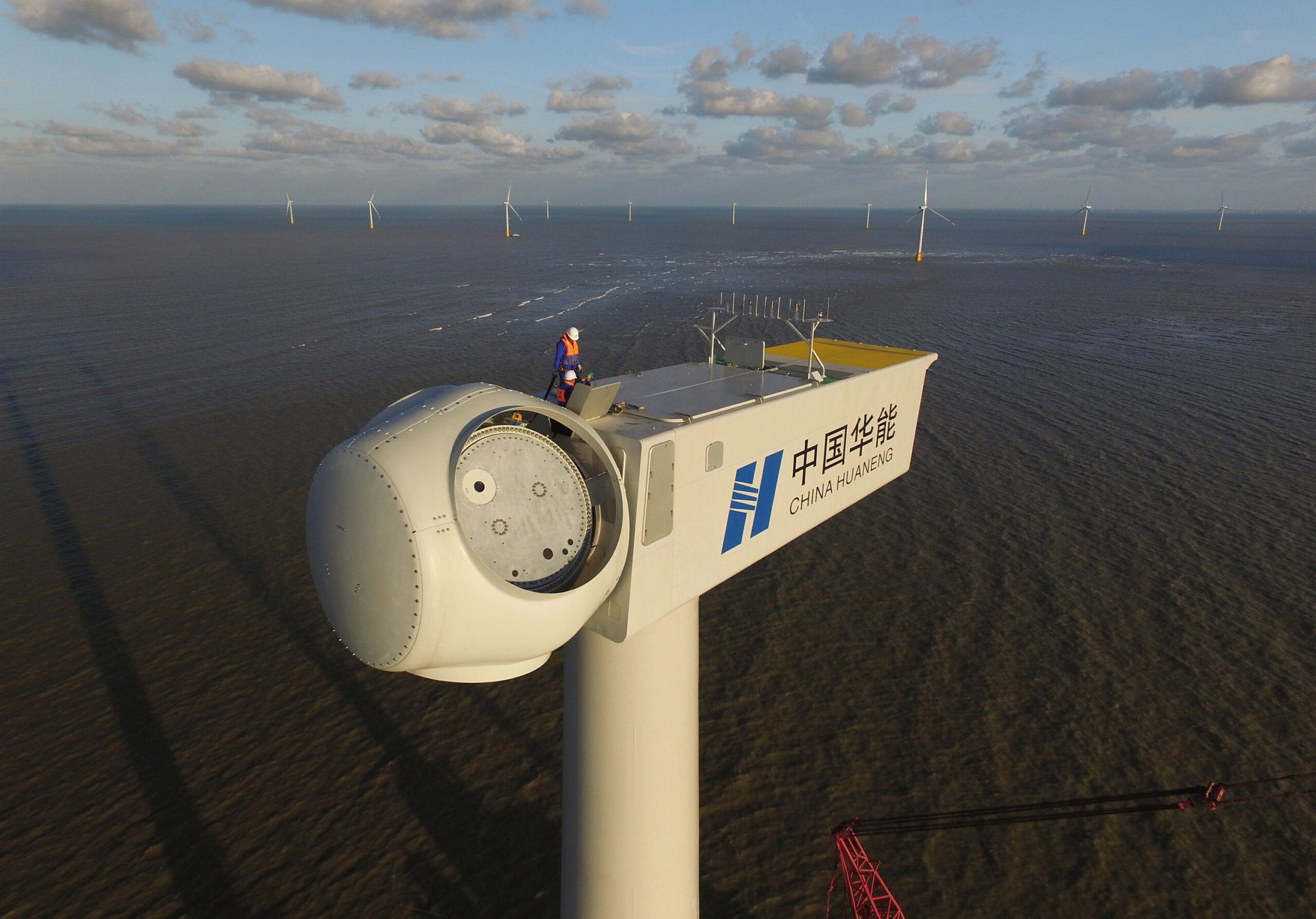
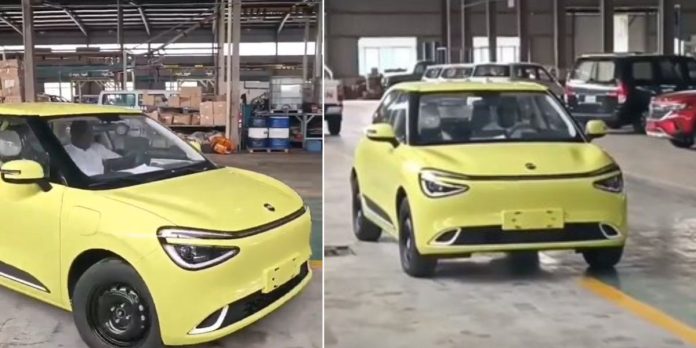

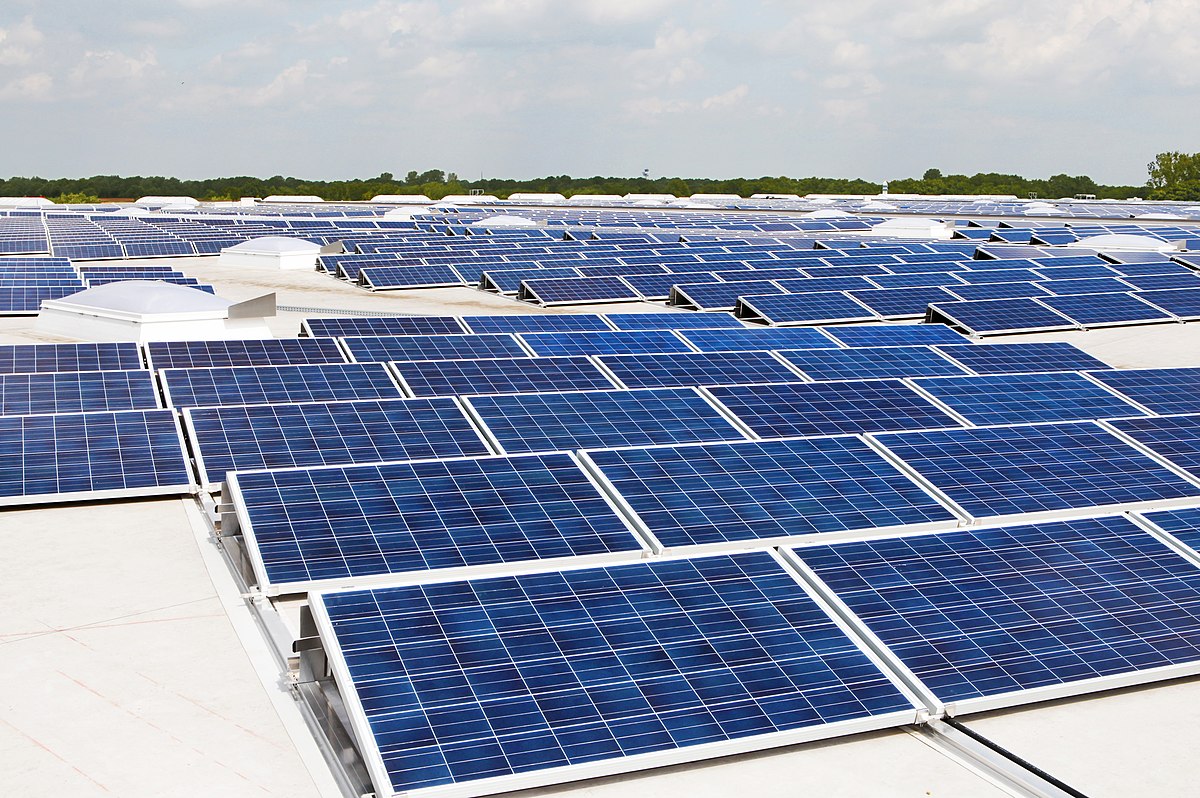
Leave a Reply